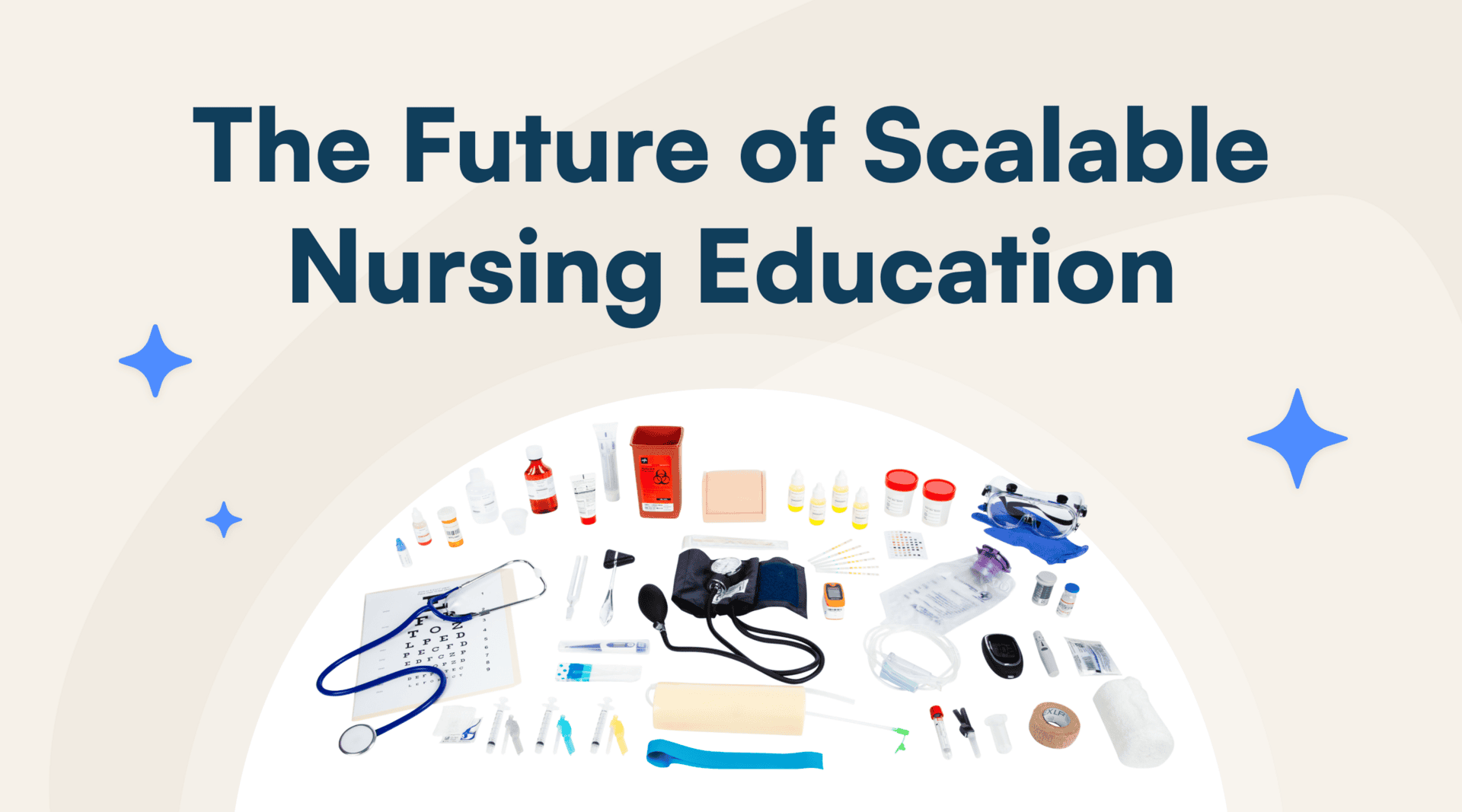Science Interactive has been at the forefront of the distance-learning industry for more than two decades. During that time, we’ve learned that not only is teaching lab science online possible, but it’s actually beneficial — to everyone involved. We’ve watched as school after school, instructor after instructor, has transitioned online and changed their own perception of what’s possible in the distance learning environment.
By moving your lab science course online and removing the barriers of traditional on-campus learning, you’ll find that you can teach more courses, reach more students, and achieve more for your university.
Teachers Can Teach More
Believe it or not, your schedule just opened up.
When you factor in all of the supplementary activities that accompany teaching on-campus — commuting to and from school, scheduling laboratory time, preparing experiments — you see that higher-ed instructors are some of the busiest professionals around.
But when you teach online, all of that time opens up.
Freed from the geographic and scheduling constraints of a traditional classroom, you will have the agency to teach more courses if you’d like — in fact, many of our instructors teach at a variety of institutions nationwide.
And with all of that time, the possibilities are endless. Science Interactive offers more than 450 experiments across 11 science disciplines, and we even give you the ability to add your own lessons or customize your lab kits. This means anything you teach in a face-to-face classroom can be offered online through our digital lab management platform.

You focus on teaching we’ll take care of the rest.
We enable you to launch your online course more quickly than ever before. We’ll handle all of the miscellaneous stuff — content creation, lab management platform, materials sourcing, shipping logistics, and even student support — so you can focus on what you do best: teaching. We’re tearing down the red tape that separates online instructors from their students, allowing educators across the country to maximize their reach.
More Students Can Learn
The rise of the non-traditional student
It makes sense that our founders, Peter and Linda Jeschofnig, had the idea for remote lab science while teaching at Colorado Mountain College, an institution with 11 campuses spread out across 12,000 square miles of Colorado’s Rocky Mountains. Travel can be difficult up there, with icy blizzards and ravenous wildfires often closing roads for days — even weeks — at a time.
Living within that obstructed environment, the Jeschofnigs realized that the commute to campus could be a major roadblock for students in pursuit of a STEM education — and not just those affected by crazy weather.
Even before the COVID-19 pandemic forced schools to shutter their doors and consider a foreseeable academic future marked by far less in-person instruction, the largest growing segment of the higher education population was remote learners. When compared to the demographics of traditional course enrollment, this population includes significantly more students with disabilities, underrepresented minorities, and economically disadvantaged students.
Remote learners are often also non-traditional students, those who are financially independent or who balance their studies with child-care and/or a full-time job and require the convenience of online curricula to advance their education. For these students especially, a science degree has traditionally not been a practical option.

Bridge the learning gap
Non-traditional students often require more flexibility in their schedules than traditional, on-campus students. Unfortunately, the benefits of online learning are severely limited when schools don’t also offer online laboratory courses. Students still need to live near the school and work that one on-campus lab into their schedules.
Our goal for the past two decades has been to break down these and other barriers to quality science education, to reach more students and guide them in their pursuit of a STEM degree. Science Interactive continues to help colleges and universities bring science courses to traditional and non-traditional students alike.
And because our online lab courses remove the geographic restraint on education, we’re reaching science students all around the globe; our courses are currently being used by more than 1700 colleges and universities in more than 100 countries.
Universities who adopt distance-learning curricula will be able to bridge the learning gap for this growing population of remote learners, benefit from increased enrollment, and lessen the strain placed on their on-campus facilities.
Universities Can Achieve More
Increased enrollment
Online learning is no longer just an option; it’s a necessity. As distance learning continues to grow in popularity, it’s essential that educational institutions embrace the flexibility and accessibility offered by robust online course options.
This isn’t to say that distance learning should replace all face-to-face instruction, but rather that schools that offer distance learning pathways will more effectively close the learning gap for students who can’t afford the traditional campus experience. As we pointed out above, this helps professors reach more students while increasing enrollment for universities.
In other words, distance learning is here to stay. Only the institutions that embrace it will manage to stay competitive in the new global education environment.

Increased engagement
But quality matters more than quantity, right? Even if it means increasing enrollment, no institution wants to sacrifice the rigor of their face-to-face courses.
With Science Interactive, you don’t have to.
Since the beginning, we’ve found that our courses don’t just match the quality of in-person instruction — they surpass it. When one of our founders, Peter Jeschofnig, introduced his first distance-learning lab science course to the faculty at Colorado Mountain College, instructors began raving that their remote students were demonstrating a deeper understanding of the material.
Ever the scientist, Peter tested that hypothesis by administering standardized American Chemical Society exams to the school’s face-to-face and remote students. The qualitative data produced by those tests showed that the remote students were actually outperforming on-campus students.
Why is that? As many of our instructors have discovered, the flexibility and independence offered by our at-home lab kits tend to increase student engagement. Instead of taking instruction from a professor leading the experiment, students in these online courses are forced to take ownership over their own learning. They begin engaging deeply with the labs, forming connections between the activity and their course material, and independently discovering the joy of scientific exploration and discovery.
Without an instructor constantly watching over their shoulder, ready to answer any question at the raise of a hand, students have to regularly solve problems on their own. That ability to think critically is a key component of a science student’s education.

Through the independence of at-home lab kits and the interactivity of our intuitive lab management platform, today’s online science students are becoming more engaged, taking control over their own education, and building a strong and complex learning network between themselves, their peers, and their professors.
Discover more articles

Science Interactive Launches New Nursing Fundamentals

What Clinical-Ready Actually Looks Like (And How to Get There Sooner)


